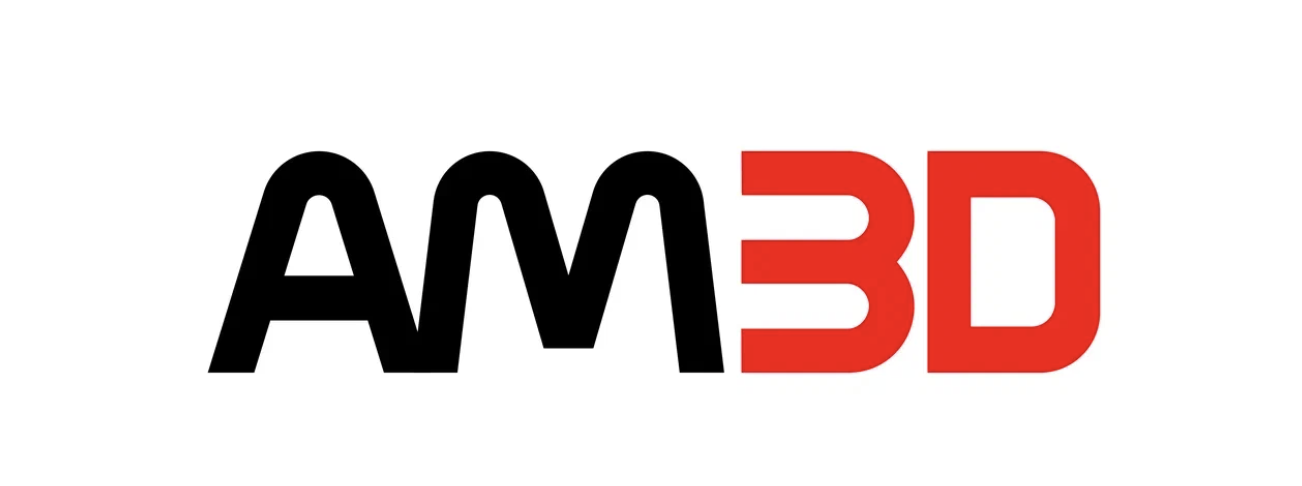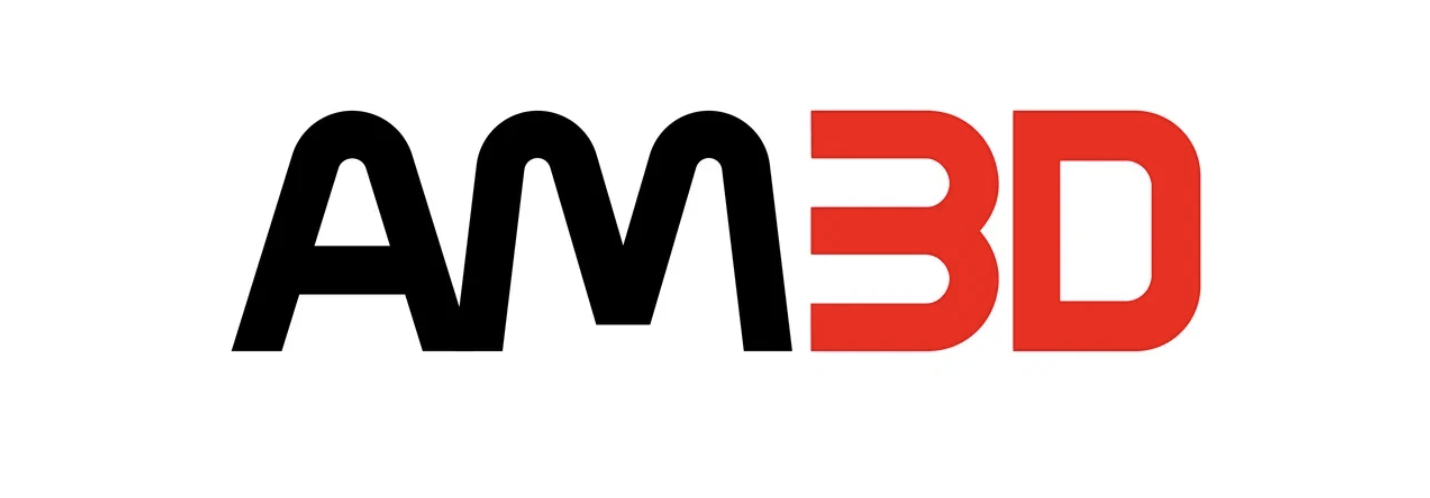Quality metal powders are fundamental to the success of your 3D printing experience
The quality of the powder affects the physical properties of the future part, its quality and the success of the entire selective laser melting process.
The main alloys used for metal 3D printing are:
For certain applications high-strength and special alloys are used for 3D printing with metal, some of which are:
The main alloys used for metal 3D printing are:
- Stainless steels
- Heat resistant steels
- Titanium
- Cobalt-chromium alloys
- Aluminum alloys
For certain applications high-strength and special alloys are used for 3D printing with metal, some of which are:
- Gold
- Copper
- Tungsten
- Tantalum
Guidelines for selecting a material for 3D printing
Metal powders for 3D printing must have the following characteristics in order to obtain optimal results:
Fractional composition of powders for 3D printing with metal
To ensure a stable selective laser melting process, powders for 3D printing must have a uniform fractional composition, remaining within a given tolerance.
The particle size of the powders is chosen depending on the thickness of the layer, the material used, and the power and size of the laser beam. The particle size affects the appearance of the part, maximum level of detail, and the rate at which the model can be built.
Metal powders for 3D printing must have the following characteristics in order to obtain optimal results:
- The powder should have uniform fractional composition
- Particles should have spherical shape
- The powder should have high purity of alloy
Fractional composition of powders for 3D printing with metal
To ensure a stable selective laser melting process, powders for 3D printing must have a uniform fractional composition, remaining within a given tolerance.
The particle size of the powders is chosen depending on the thickness of the layer, the material used, and the power and size of the laser beam. The particle size affects the appearance of the part, maximum level of detail, and the rate at which the model can be built.
- 25-45 microns - this is the most common size range for 3D printing powders, it allows to achieve a good balance between the printing speed and the level of detail for most applications.
- 10-25 microns - such powders are used with refractory alloys and jewelry parts to achieve a greater level of detail.
- 30-70 microns - such powders are used to achieve higher print speeds with greater layer thickness. These powders generally require high laser power.
Spherical powders for metal 3D printing
The shape of the powder particles has great influence on the quality of the parts produced with selective laser melting. The shape determines the behavior of the powder during the layer building process, its tendency to caking and clumping, and the bulk density of the powder. Spherical powders have high fluidity.
The shape of the powder particles has great influence on the quality of the parts produced with selective laser melting. The shape determines the behavior of the powder during the layer building process, its tendency to caking and clumping, and the bulk density of the powder. Spherical powders have high fluidity.
Only spherical powders allow a uniform and even layer to be applied. If there are substantial deviations in the shape of the particles, streaks and potholes might appear on the layers. If the powder is caking, lumps can form which can lead to protrusions on the sintered part. Such protrusions can damage the 3D printer's powder blade. In addition, this may lead to the part forming a pore of considerable size.
The sphericity of powders for metal 3D printing affects the bulk density. The bulk density of spherical powders for 3D printing stainless steel must be at least 4.5 g/cm³. The density of the finished part of 7.9 g/cm³, so the powder is reduced in volume by more than 1.5 times. Thus, in order to reduce the residual porosity of the part, it is important to only use spherical metal powders.
In addition to porosity, if the bulk density of metal 3D printing powder is poor, oxygen can be retained in the spaces between the powder particles, resulting in impairment of the inert atmosphere that should be maintained during 3D printing. If the residual oxygen level exceeds 0.5%, the selective laser melting process may become unstable, leading to the formation of oxides.
The sphericity of powders for metal 3D printing affects the bulk density. The bulk density of spherical powders for 3D printing stainless steel must be at least 4.5 g/cm³. The density of the finished part of 7.9 g/cm³, so the powder is reduced in volume by more than 1.5 times. Thus, in order to reduce the residual porosity of the part, it is important to only use spherical metal powders.
In addition to porosity, if the bulk density of metal 3D printing powder is poor, oxygen can be retained in the spaces between the powder particles, resulting in impairment of the inert atmosphere that should be maintained during 3D printing. If the residual oxygen level exceeds 0.5%, the selective laser melting process may become unstable, leading to the formation of oxides.

